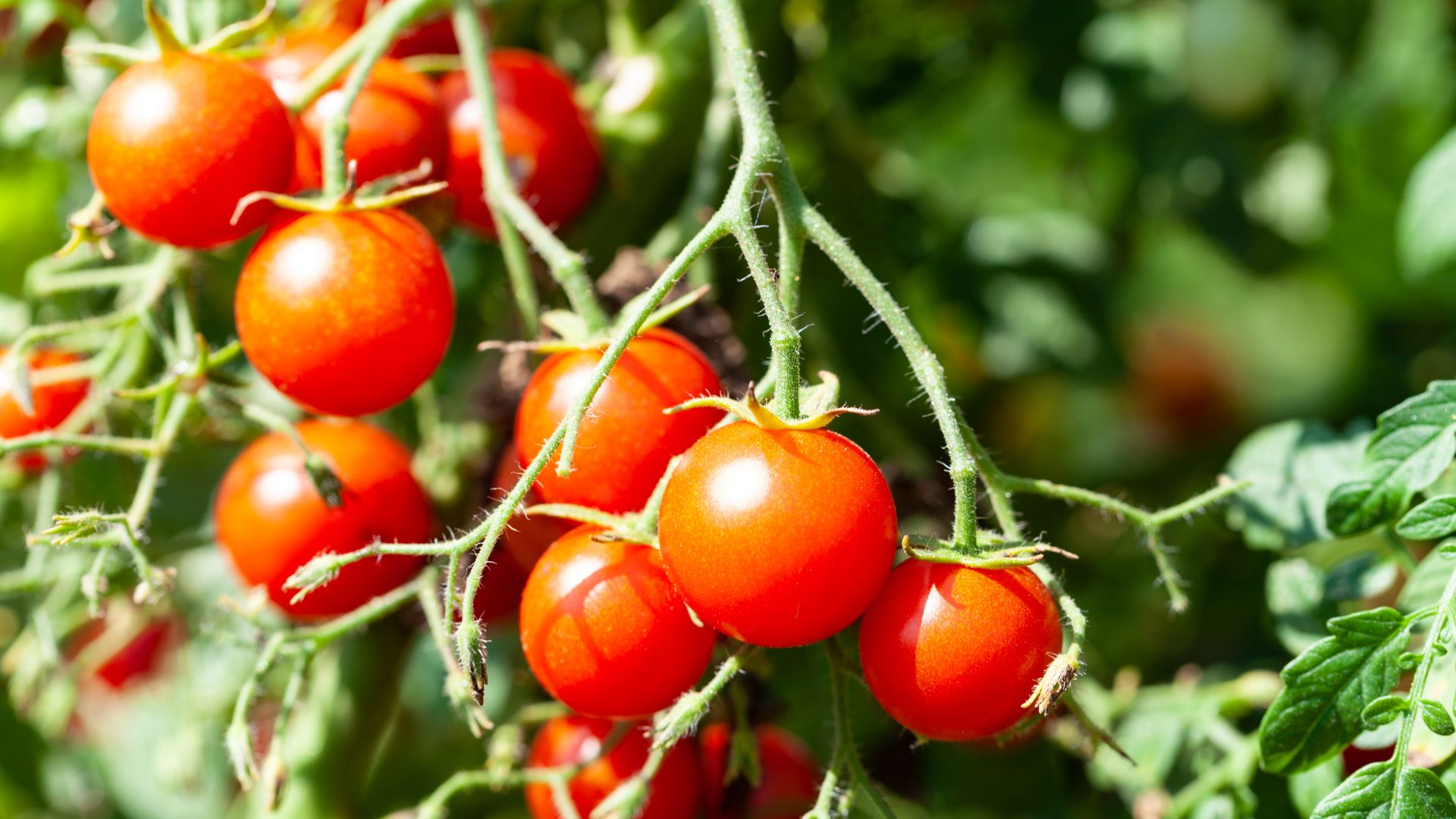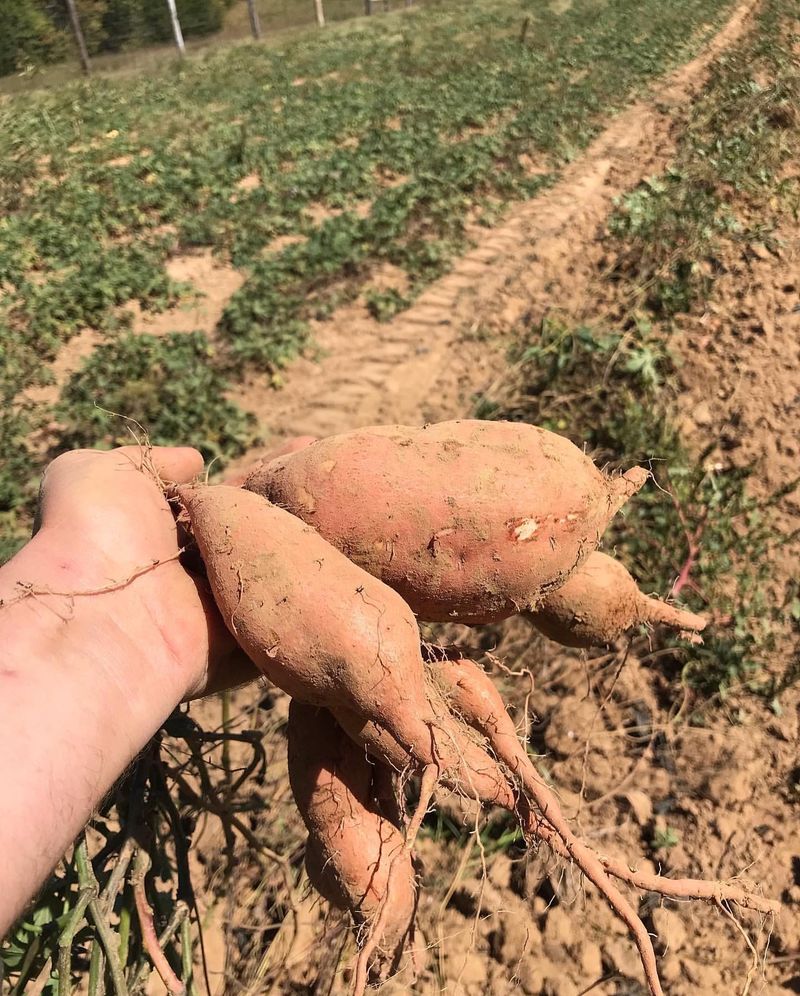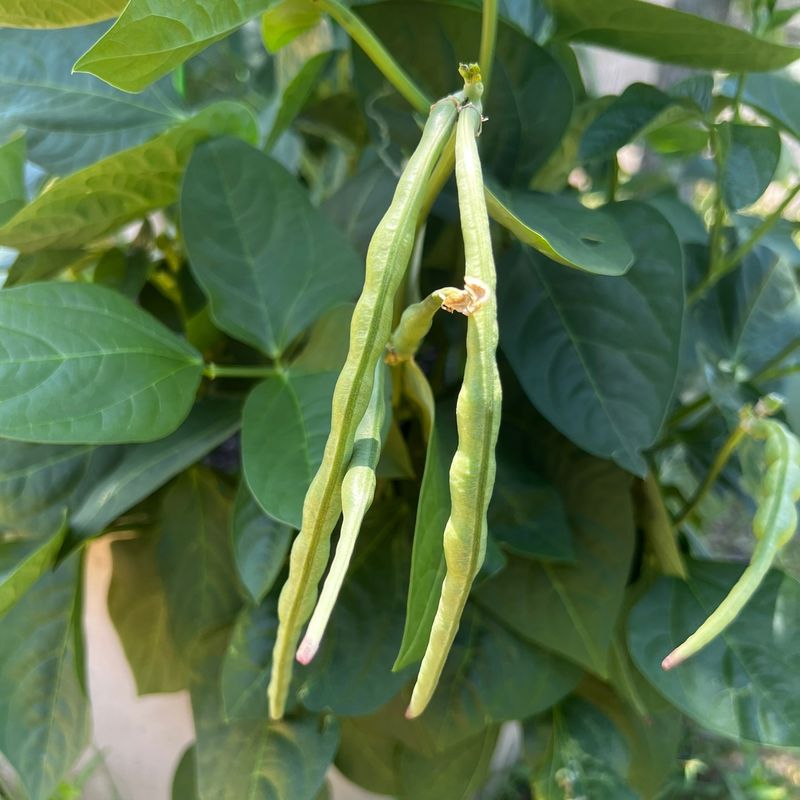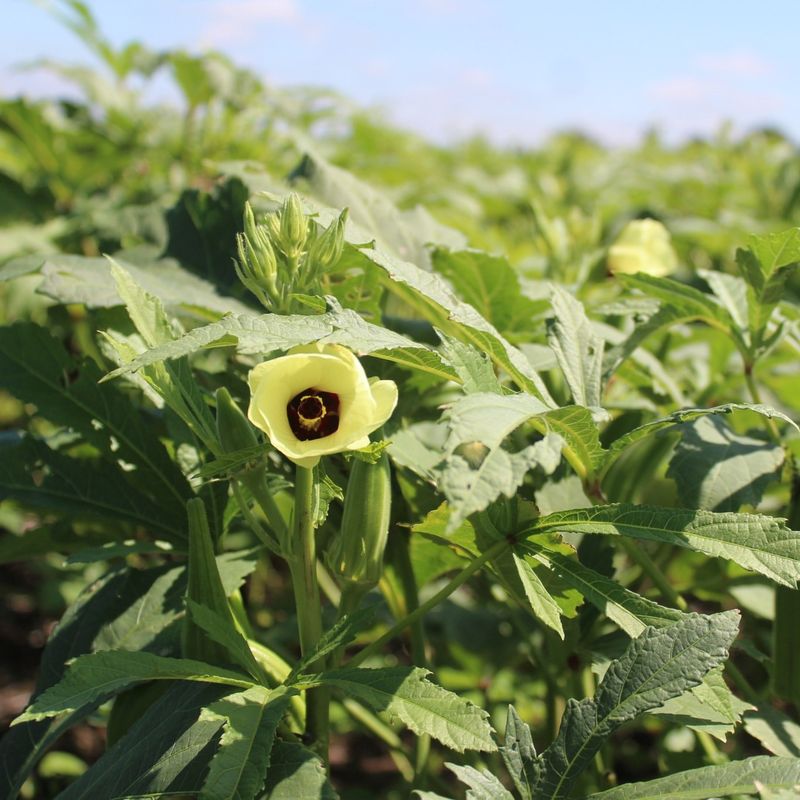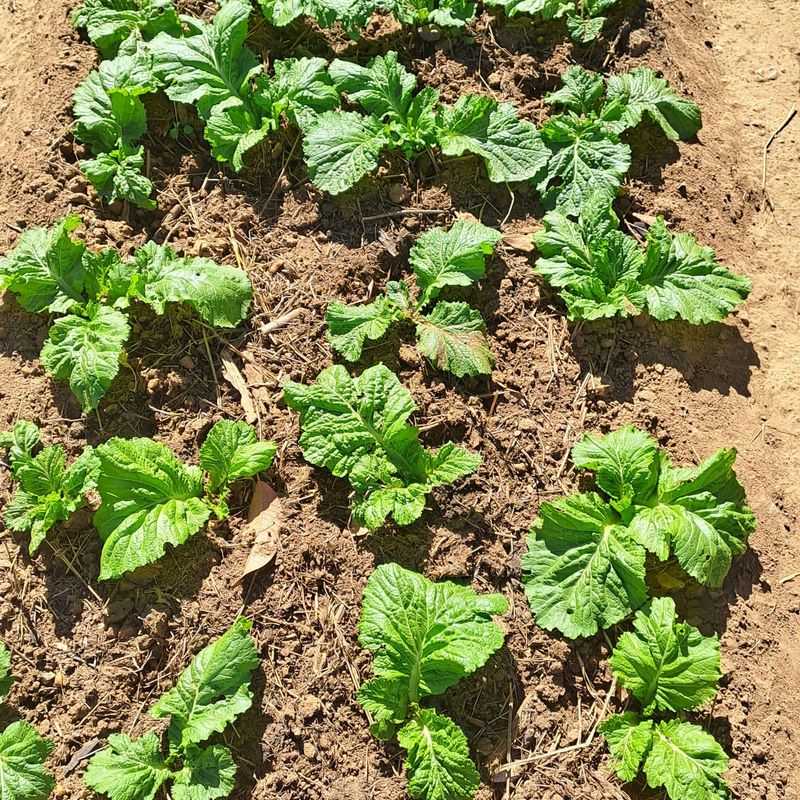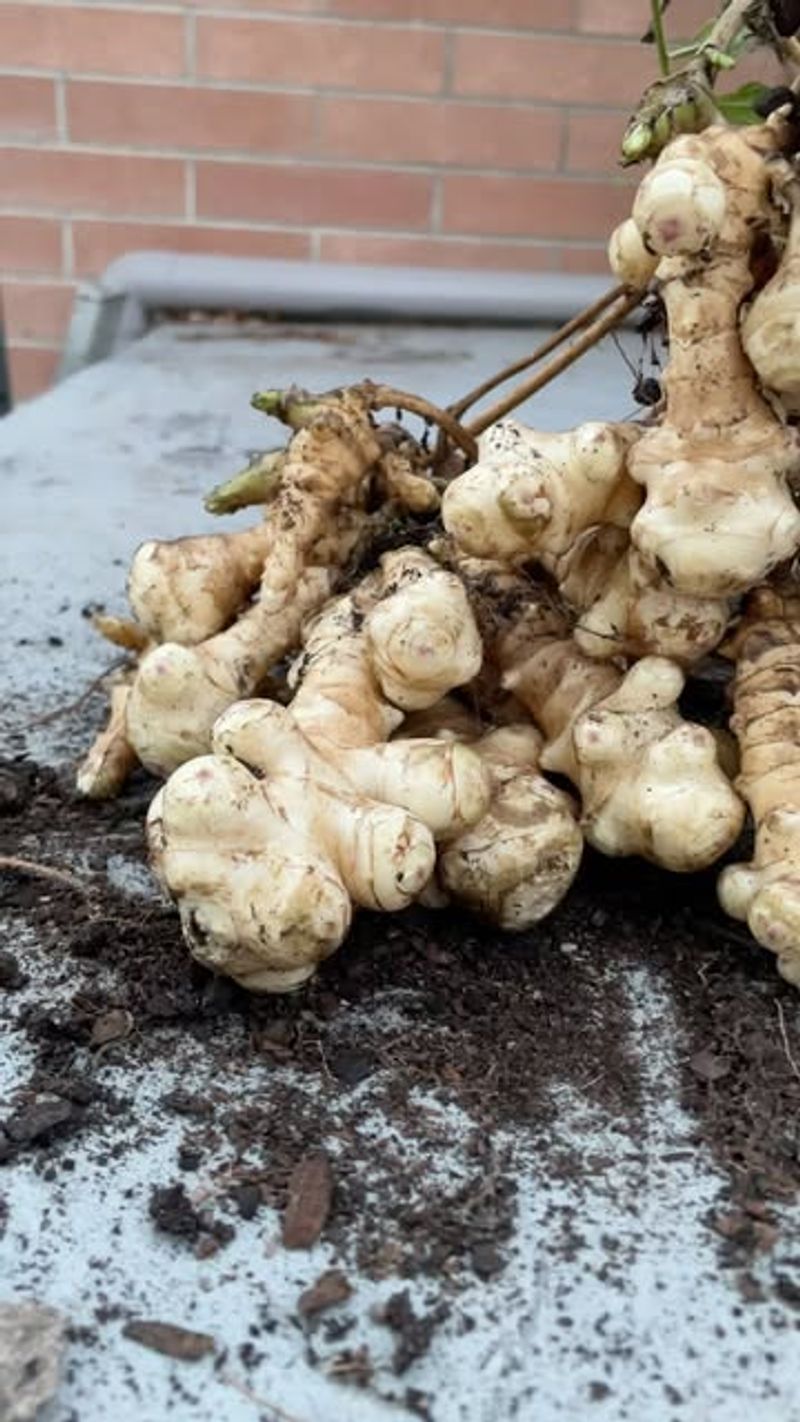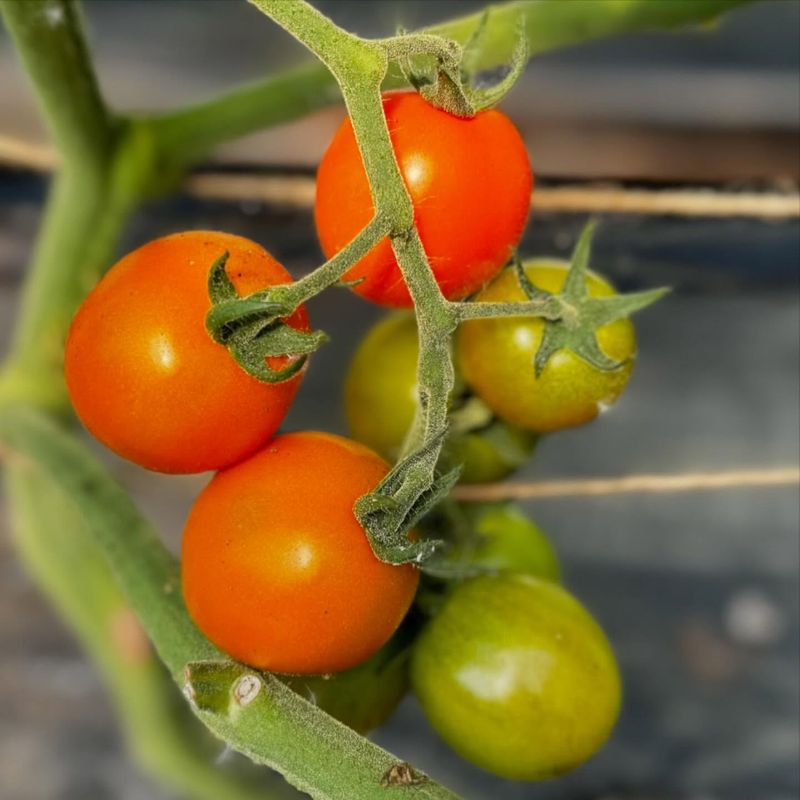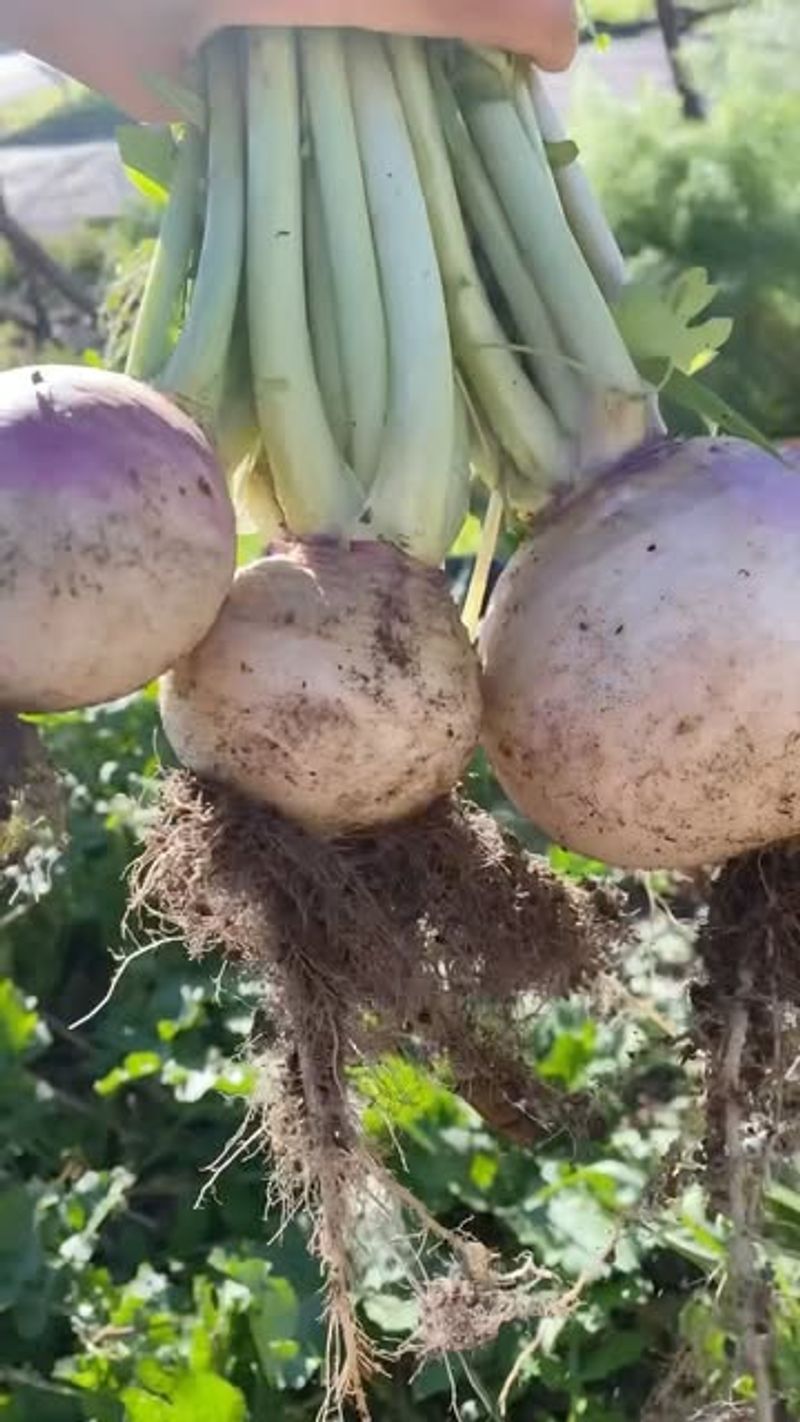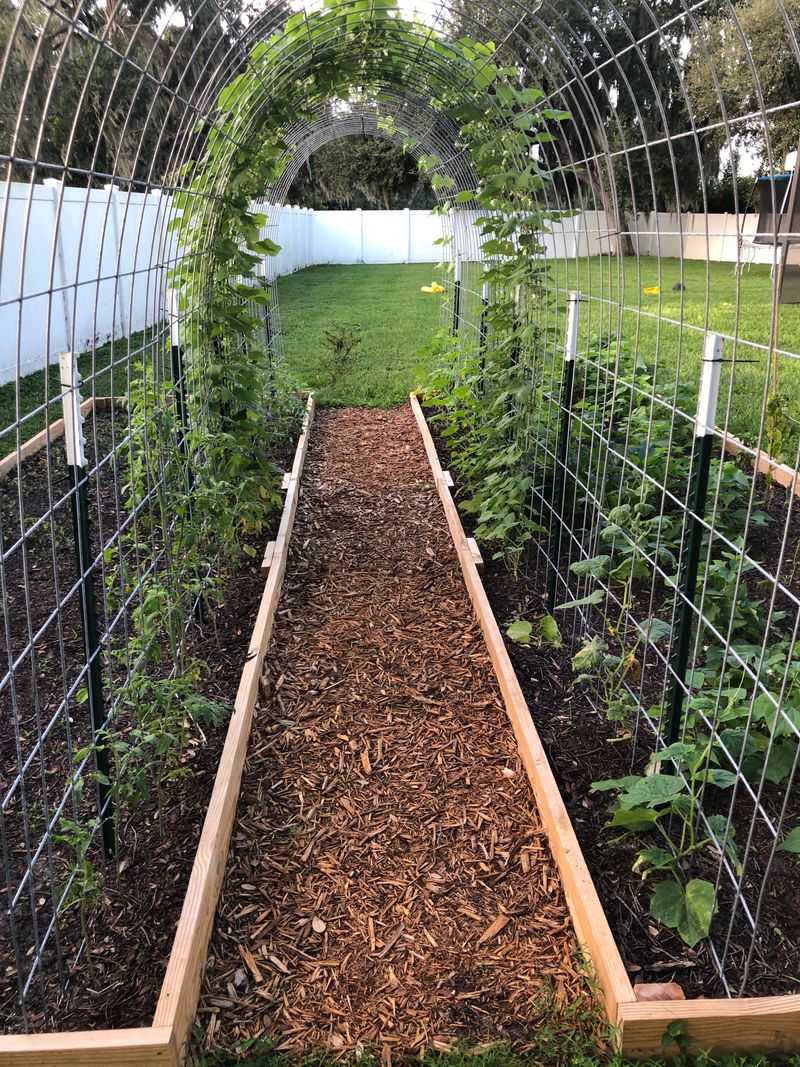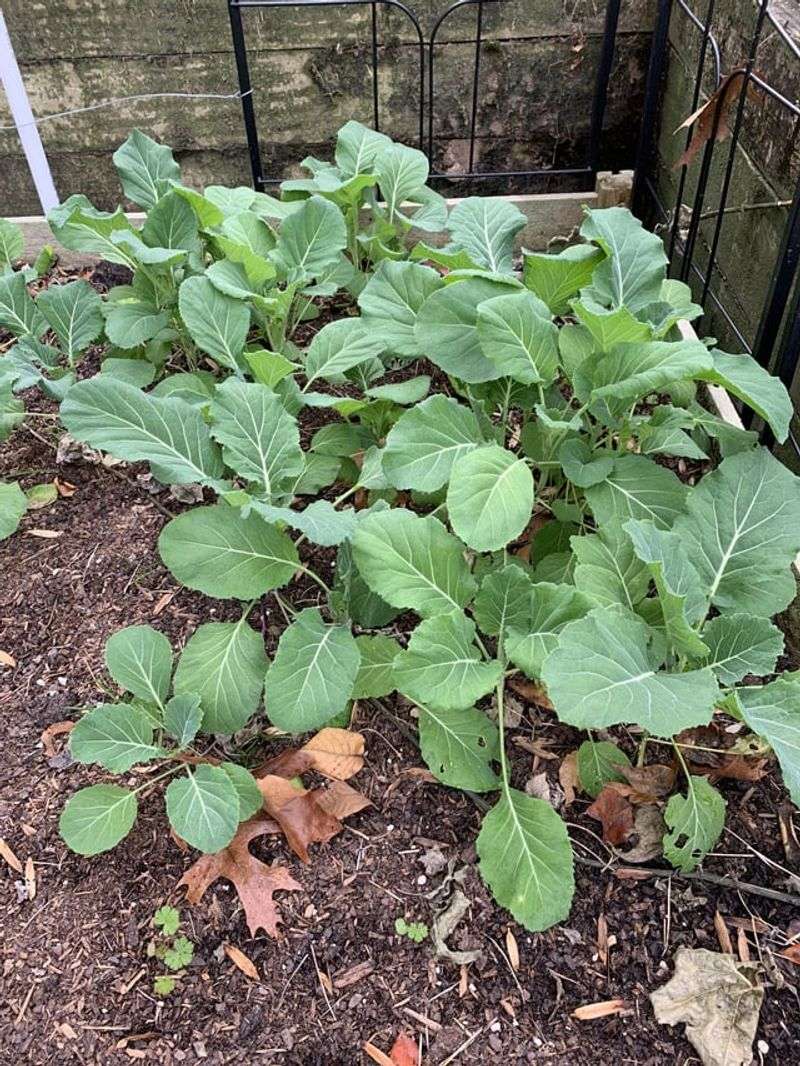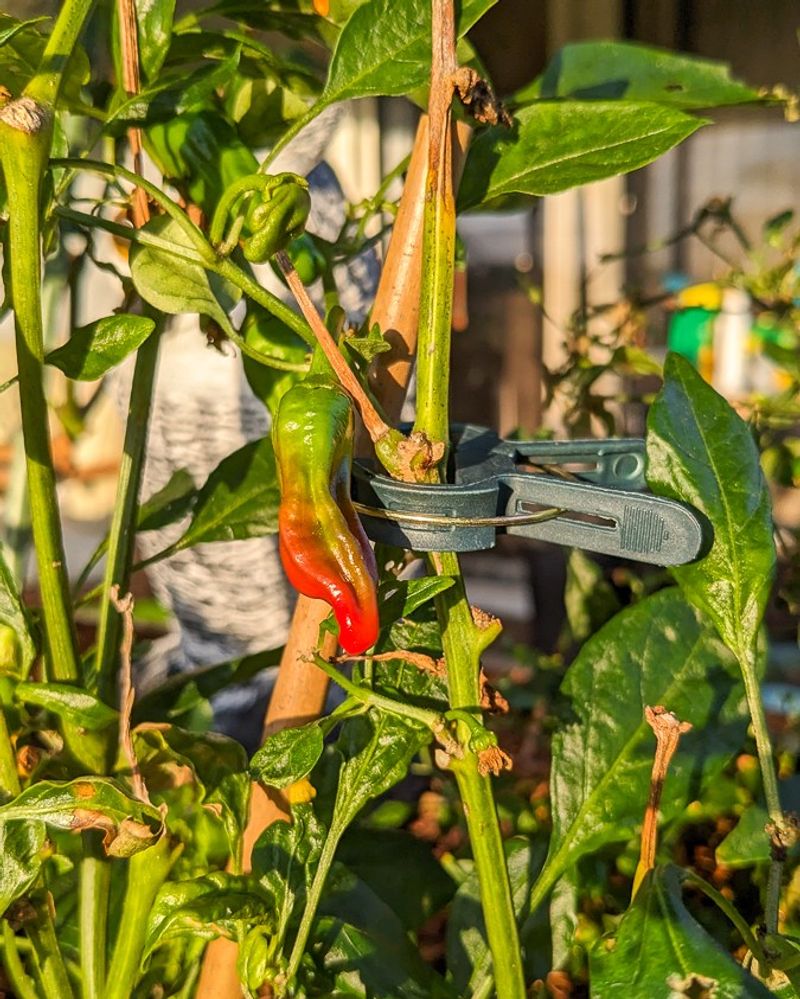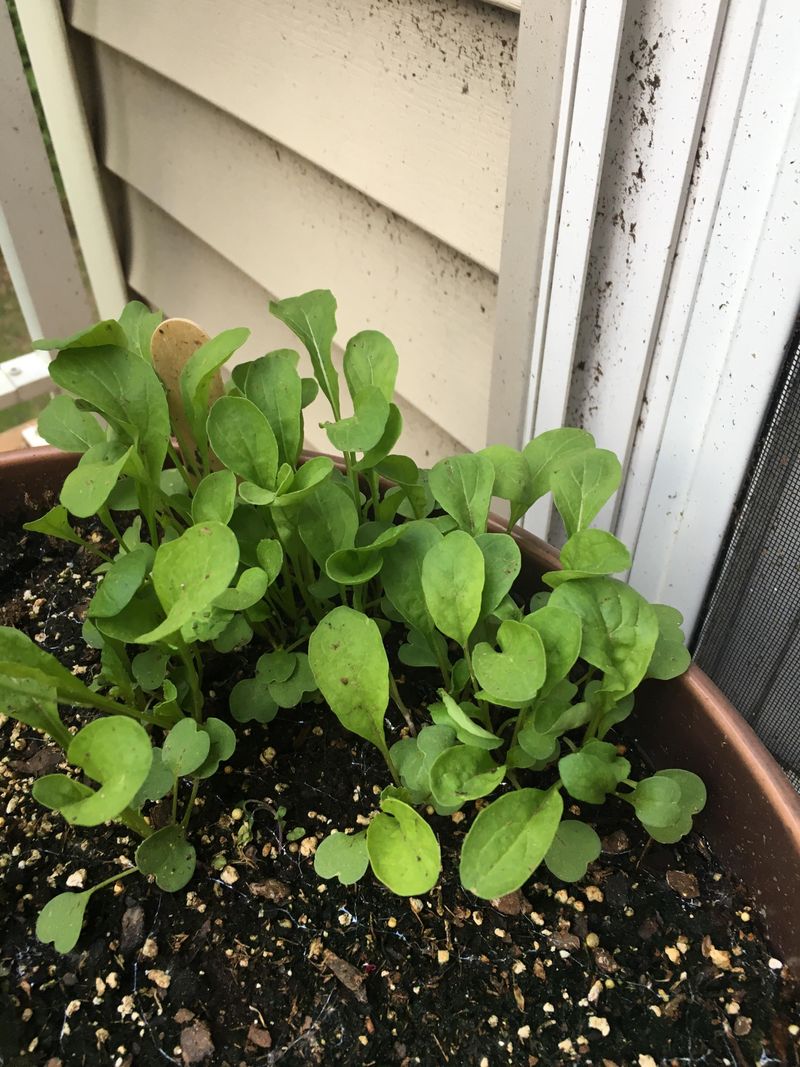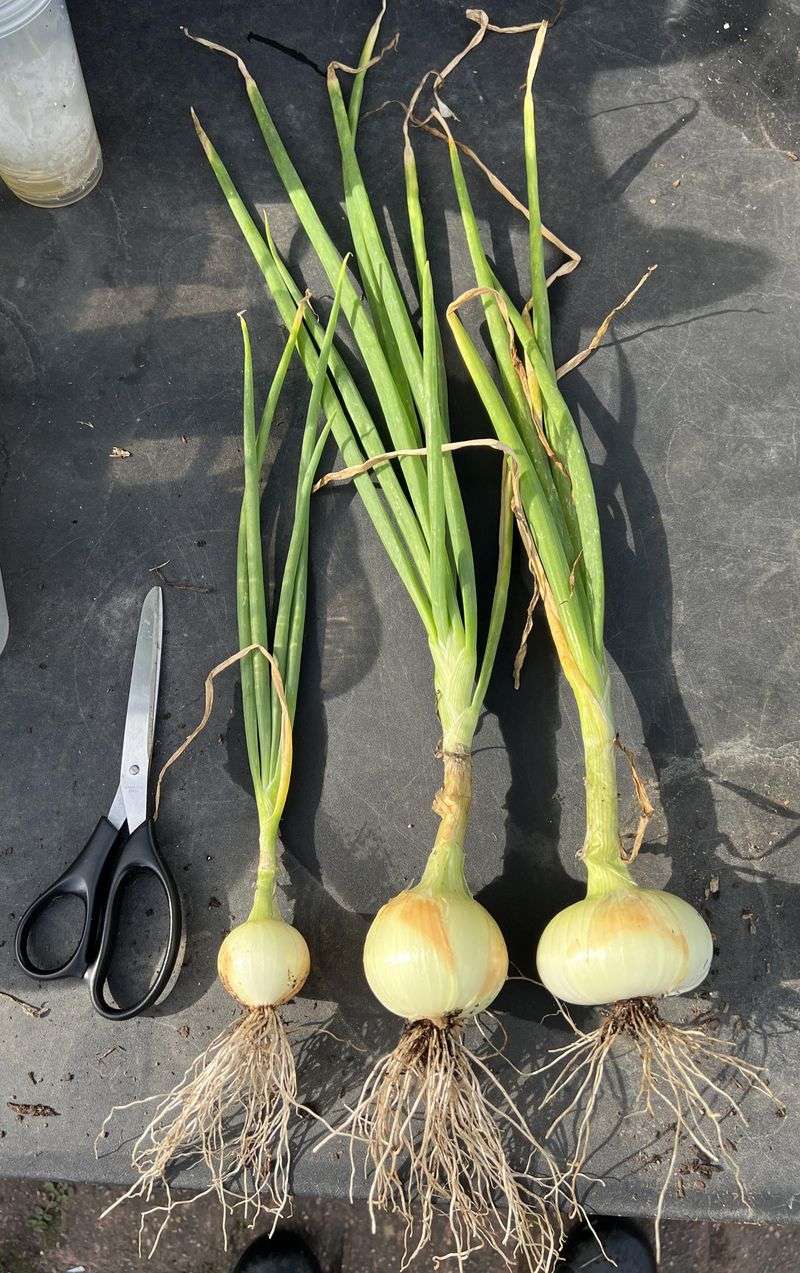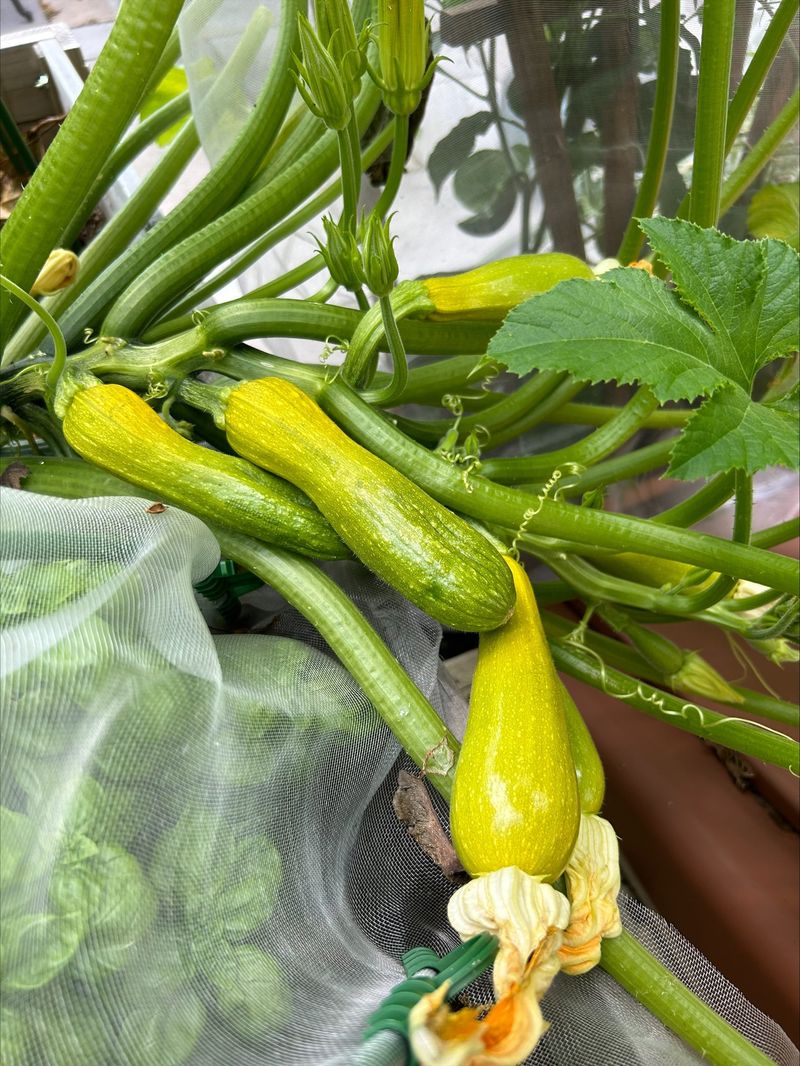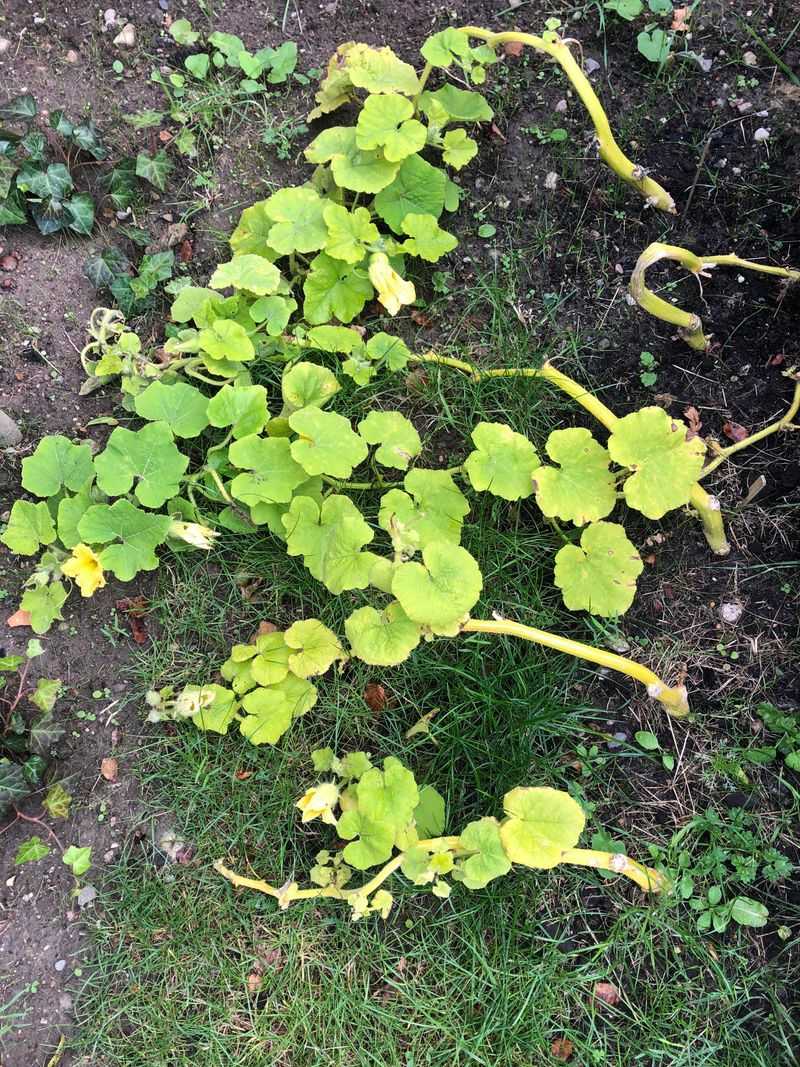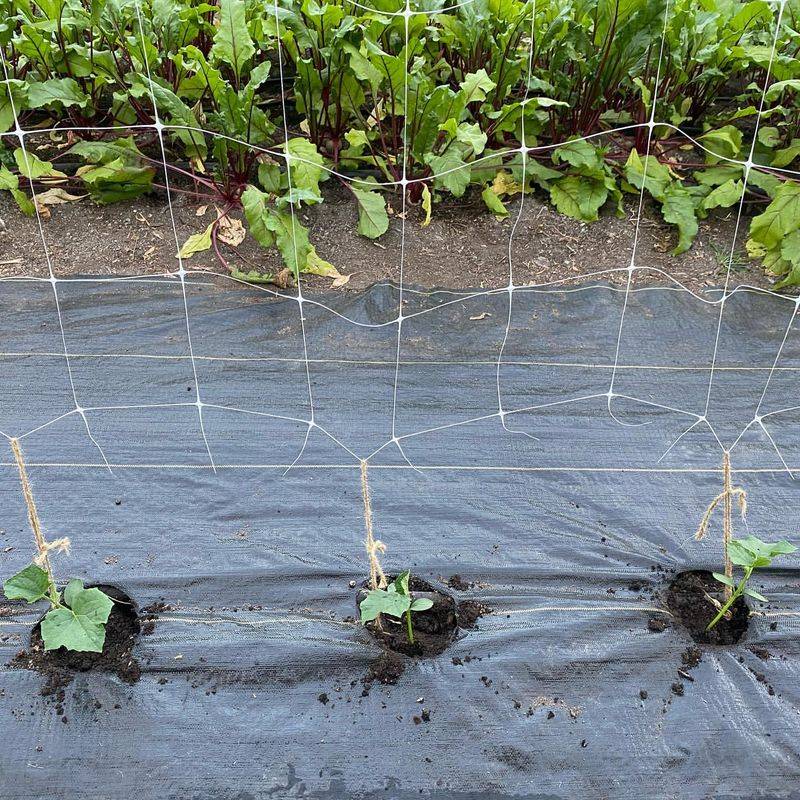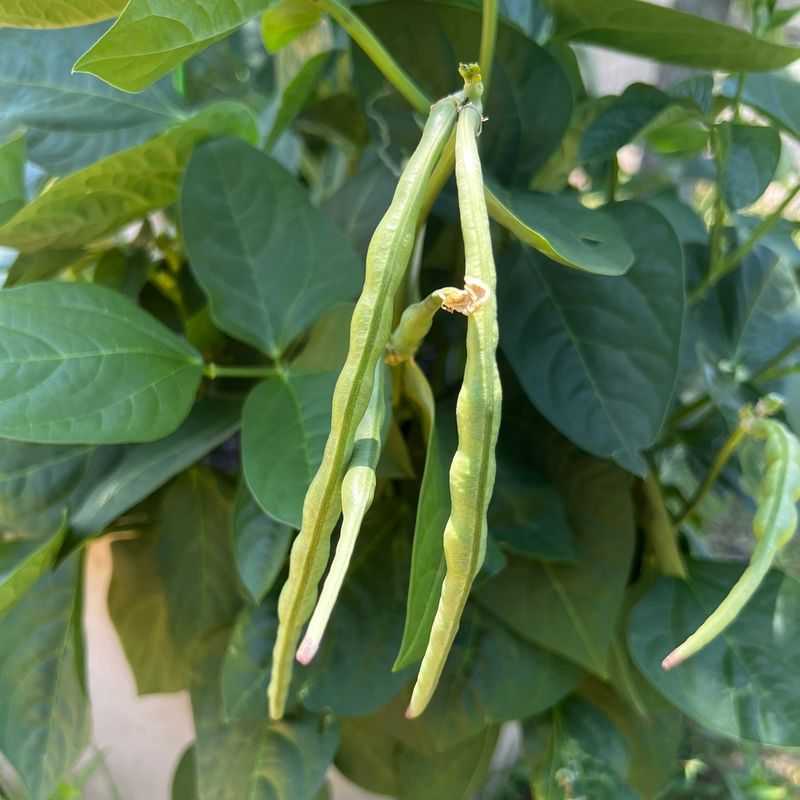Oklahoma’s soil isn’t always friendly—clay that clings or sandy ground that forgets to feed your plants. But tough soil doesn’t mean you have to give up on growing your own food. With the right choices, your garden can still deliver a rewarding harvest.
Plenty of vegetables are built to thrive in tough conditions without fancy fixes. Hardy favorites like okra, sweet potatoes, and black-eyed peas grow strong with minimal fuss. They’re perfect for gardeners who want results without a full-on soil makeover.
After testing dozens across the state, I’ve narrowed it down to these solid options. These veggies push through poor soil, handle the extremes, and keep producing—giving Oklahoma gardeners the kind of success that feels well-earned.
1. Sweet Potatoes
Hardy and heat-loving, these root vegetables actually prefer the sandy, less fertile soils common in parts of Oklahoma. Their sprawling vines create natural ground cover that helps prevent erosion in poor soil areas.
The long growing season in Oklahoma gives sweet potatoes plenty of time to develop their nutritious tubers. I’ve seen them thrive in patches where nothing else would grow in my Tulsa garden.
Plant after the last frost when soil temperatures reach about 65°F. They need minimal fertilizer and actually produce better flavor in poorer soil than in rich garden beds.
2. Bush Beans
Quick to mature and surprisingly adaptable, bush beans don’t demand much from Oklahoma’s challenging soil. Their shallow root systems make them perfect for areas where topsoil is thin and underlying clay or rock prevents deeper growth.
As legumes, they actually improve soil quality by fixing nitrogen from the air. This makes the ground better for future plantings while requiring minimal input from you.
For the best results in poor soil, sow seeds directly after danger of frost has passed. The plants prefer warm conditions and will often produce multiple harvests throughout summer.
3. Okra
A true Southern favorite that handles Oklahoma’s heat and poor soil conditions like a champion. The deep taproot helps okra find nutrients and moisture even when the top layers of soil are depleted or dry.
For years, this has been my go-to crop for those neglected corners of the garden where nothing else seems to thrive. The pretty hibiscus-like flowers are an added bonus in the summer landscape.
Plant okra seeds when soil warms to at least 65°F and watch them take off in the hot summer months. Even with minimal care, they’ll keep producing until fall frost.
4. Radishes
Fast-growing radishes are perfect for impatient gardeners dealing with poor Oklahoma soil. They mature in just 3-4 weeks, meaning they don’t need sustained soil fertility to produce a decent crop.
Their ability to break up compacted soil makes them helpful pioneers in garden beds you’re trying to improve. I plant them as a first crop in new garden spaces to help loosen tough Oklahoma clay.
Sow seeds directly in early spring or fall for best results. The cooler temperatures of these seasons produce the sweetest, least bitter radishes, even when your soil isn’t ideal.
5. Mustard Greens
Tough and quick-growing, mustard greens shrug off poor soil conditions that would stunt other leafy vegetables. Their shallow roots spread widely rather than deeply, making efficient use of whatever nutrients are available in the topsoil.
The spicy leaves add kick to salads and cooked dishes. In my experience, the slightly stressed plants grown in poor soil often develop more complex, intense flavors than pampered ones.
Plant in early spring or late summer for best results. They’ll often self-seed and return year after year, becoming a reliable staple in Oklahoma gardens with minimal effort.
6. Jerusalem Artichokes
Also called sunchokes, these native North American tubers grow like weeds in almost any soil Oklahoma throws at them. Once established, they’ll return year after year with absolutely no care required.
The plants grow tall with cheerful yellow flowers that attract beneficial insects. This one surprised me when it thrived in that hard-packed area along my fence line where nothing else would grow.
Plant tubers in early spring about 4 inches deep. Just be warned – they spread aggressively, so give them a dedicated space where they won’t overtake other crops.
7. Cherry Tomatoes
While big slicing tomatoes might struggle, cherry varieties show remarkable resilience in Oklahoma’s less-than-perfect soil. Their smaller fruit size means they need less calcium and other nutrients that poor soil might lack.
The naturally vigorous growth habit helps them overcome challenges. For me, these have always been reliable producers even in the questionable soil near my driveway where larger tomato varieties struggle.
Plant after all danger of frost has passed and soil has warmed. A simple stake or cage will keep plants upright, and even with minimal fertilizer, they’ll produce baskets of sweet fruits all summer long.
8. Turnips
Underappreciated but incredibly tough, turnips produce both nutritious roots and leafy greens even in Oklahoma’s challenging soil conditions. They’re particularly good at mining nutrients from deeper soil layers that other vegetables can’t reach.
The quick growth cycle means they don’t need long-term soil fertility to produce a worthwhile harvest. I’ve grown these successfully in areas where the topsoil was so thin you could see rock underneath.
Plant in early spring or late summer for fall harvest. The cooler temperatures produce sweeter roots, and the greens can be harvested continuously while the roots develop below.
9. Swiss Chard
Colorful and persistent, Swiss chard handles poor soil better than most leafy greens. The deep roots help it access nutrients and moisture that shallow-rooted vegetables can’t reach in Oklahoma’s often challenging ground.
Heat-tolerant and long-lasting, a single planting can produce harvests for months. I didn’t expect it to survive in that dry corner by the shed, but it not only lived—it thrived all season long.
Plant seeds directly in early spring. Even with minimal care, the plants will continue producing fresh leaves through summer heat and into fall, making it one of the most productive crops for difficult soil.
10. Kale
Surprisingly tough for a leafy green, kale manages to extract enough nutrients even from Oklahoma’s stubborn soils to produce abundant harvests. The robust root system helps it find what it needs despite less-than-ideal growing conditions.
Cold-hardy and persistent, it often survives through winter in Oklahoma gardens with just minimal protection. My plants have weathered everything from summer drought to winter freezes in soil I’d never call “good.”
Plant in early spring or late summer for extended harvests. The flavor actually improves after light frosts, making fall-planted kale especially delicious even in poor growing conditions.
11. Pole Beans
Climbing vigorously despite poor soil conditions, pole beans make efficient use of garden space while improving the ground they grow in. Their nitrogen-fixing abilities enrich even the poorest Oklahoma soils over time.
The vertical growth means more production in limited space. For years, these have been my secret weapon for turning problematic areas into productive garden spots without expensive amendments.
Plant after soil warms in spring, providing a simple trellis or poles for support. Even in marginal soil, they’ll climb 6-8 feet tall and produce handfuls of beans throughout the growing season.
12. Collard Greens
Traditional Southern staples, collards show remarkable tolerance for Oklahoma’s tough growing conditions. Their waxy leaves help conserve moisture during dry spells, while deep roots seek out nutrients in poor soil.
Heat-tolerant and long-lasting, they continue producing through summer when other greens have given up. The flavor actually seems to improve when they’re grown in less-than-perfect conditions.
Plant in early spring for a season-long harvest. Even with minimal care, they’ll keep producing nutritious leaves that can be harvested individually without disturbing the whole plant.
13. Garlic
Patient and persistent, garlic grows slowly through Oklahoma’s winter and spring, developing flavorful bulbs even in soil that other vegetables reject. The long growing season gives it time to develop despite limited resources.
Fall planting allows roots to establish before winter dormancy. I’ve had great success with garlic in areas where the soil was so hard I needed a pickaxe to break ground initially.
Plant individual cloves in October or November, about 2 inches deep. By early summer, you’ll harvest full heads of garlic that often have more intense flavor than those grown in richer soil.
14. Peppers
Hot varieties particularly excel in Oklahoma’s poor soils, often producing more pungent fruits than those grown in rich garden beds. Their compact root systems make efficient use of whatever nutrients are available.
Heat-loving and drought-tolerant once established, they continue producing through summer when many other vegetables struggle. This has always been my reliable fallback when the soil just isn’t cooperating.
Plant after all danger of frost has passed and soil has warmed. Even with minimal care, they’ll produce abundantly, especially if you choose varieties adapted to the South like cayenne or jalapeño.
15. Arugula
Quick-growing with a shallow root system, arugula doesn’t need deep, rich soil to produce its peppery leaves. It matures so rapidly that it can complete its life cycle before soil deficiencies become limiting factors.
Perfect for fall and spring growing in Oklahoma, it provides fresh greens when many other vegetables are just getting started. The slightly stressed plants often develop more intense, complex flavors.
Direct seed in early spring or late summer. Successive plantings every few weeks ensure continuous harvests, and plants will often self-seed for volunteer crops that pop up in future seasons.
16. Onions
Surprisingly adaptable, onions will grow in Oklahoma soils that other root crops reject. Their shallow root systems make efficient use of nutrients in the topsoil without demanding deep fertility.
Long-day varieties work best in northern Oklahoma, while short-day types are better suited to the southern parts of the state. I’ve grown decent crops in soil so poor I could see bits of construction debris mixed in.
Plant sets in early spring about an inch deep. Even with minimal fertilizer, they’ll develop flavorful bulbs, though they may be smaller than those grown in rich garden soil.
17. Summer Squash
Vigorous and fast-growing, zucchini and yellow squash often produce abundant harvests despite Oklahoma’s challenging soil conditions. Their sprawling growth habit helps shade the soil, reducing moisture loss in poor ground.
The rapid development from seed to harvest means they can produce before soil deficiencies become limiting factors. You’ll be begging neighbors to take extras even from plants grown in mediocre soil.
Plant after soil warms in spring, giving each plant about 3 feet of space. Even with minimal amendments, they’ll produce armloads of squash throughout early and midsummer.
18. Pumpkins
Sprawling and determined, pumpkins send out long vines that root at intervals, finding pockets of nutrition even in poor Oklahoma soils. Their aggressive growth habit helps them overcome challenges that would stunt other crops.
Smaller varieties like ‘Sugar Pie’ perform better in poor soil than massive carving types. The first pumpkins I ever grew were in a patch of yard where grass wouldn’t even grow properly, yet they thrived.
Plant seeds after all danger of frost has passed, giving plenty of space for vines to spread. With minimal care, they’ll produce festive fall decorations and delicious pie ingredients.
19. Cucumbers
Surprisingly adaptable, cucumbers grow quickly enough to produce before soil limitations become serious problems. Their vigorous vines seek out available nutrients even in Oklahoma’s challenging ground.
Bush varieties work especially well in poor soil conditions where resources are limited. I’ve had volunteer cucumber plants pop up in the most unlikely spots and still manage to produce tasty fruits.
Plant seeds after soil warms in spring, providing a trellis for climbing varieties. Even with minimal care, they’ll produce crisp cucumbers for summer salads and pickling throughout the warm months.
20. Cowpeas
Also known as black-eyed peas, these heat-loving legumes actually prefer the poorer soils common throughout Oklahoma. Like other legumes, they improve the ground they grow in by fixing nitrogen from the air.
Drought-tolerant and persistent, they continue producing through the hottest Oklahoma summers. My grandmother swore by these as the crop that never failed, even during the Dust Bowl years.
Plant seeds after soil warms in late spring. With minimal attention, they’ll produce nutritious pods and seeds that can be harvested fresh or dried for winter storage.

